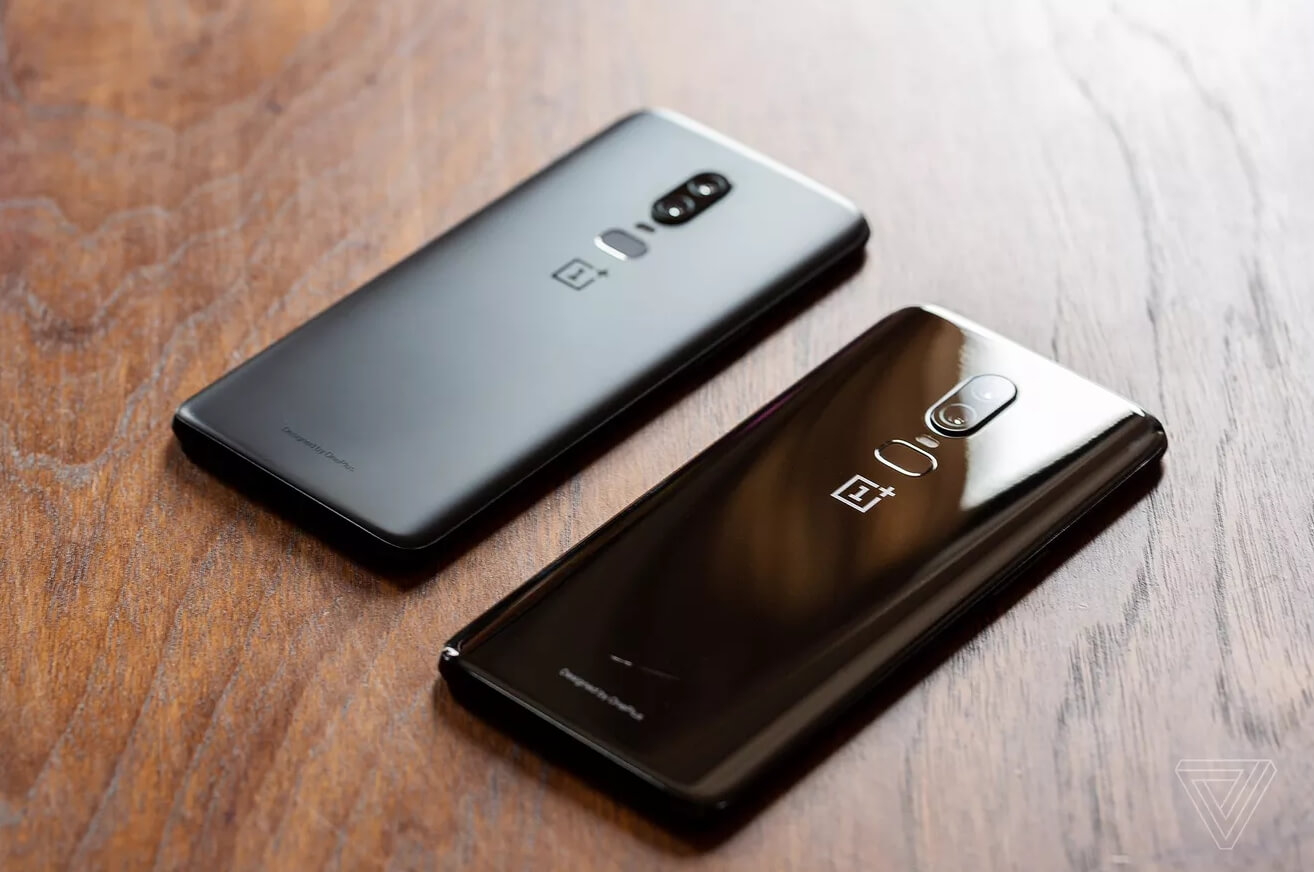OnePlus at a flashy media event last week in London unveiled its new OnePlus 6, a premium handset that starts at $529. The device goes on sale from today at select pop-up stores around the globe ahead of a general rollout tomorrow. It's reasonably priced as far as today's high-end flagships go yet in a market that's also flooded with entry-level gems, it can just as easily be viewed as being a bit pricey.
Does OnePlus' latest represent a solid value? What's improved over the last model? More importantly, should you drop your hard-earned money on the OnePlus 6 or take your business elsewhere? To answer those questions and more, we turn to the first round of reviews hitting the web today.
The TL:DR summary from Dan Seifert with The Verge:
Here's what the OnePlus 6 has going for it: a bigger screen, a refreshed and modernized design, the latest processor from Qualcomm, upgraded cellular capabilities, an improved camera system, and the best version of Android outside of Google's own Pixel line --- all for $529. But there are still compromises --- and they're the same compromises we keep talking about. It still can't compete with Samsung, Google, Apple, or even Huawei when it comes to cameras, it doesn't have proper water resistance, doesn't work on half the carriers in the US, and only comes in one size: pretty big.
The OnePlus 6 is still a great value, perhaps even more so now that every other flagship phone has ballooned in price.
But it doesn't change the conversation.
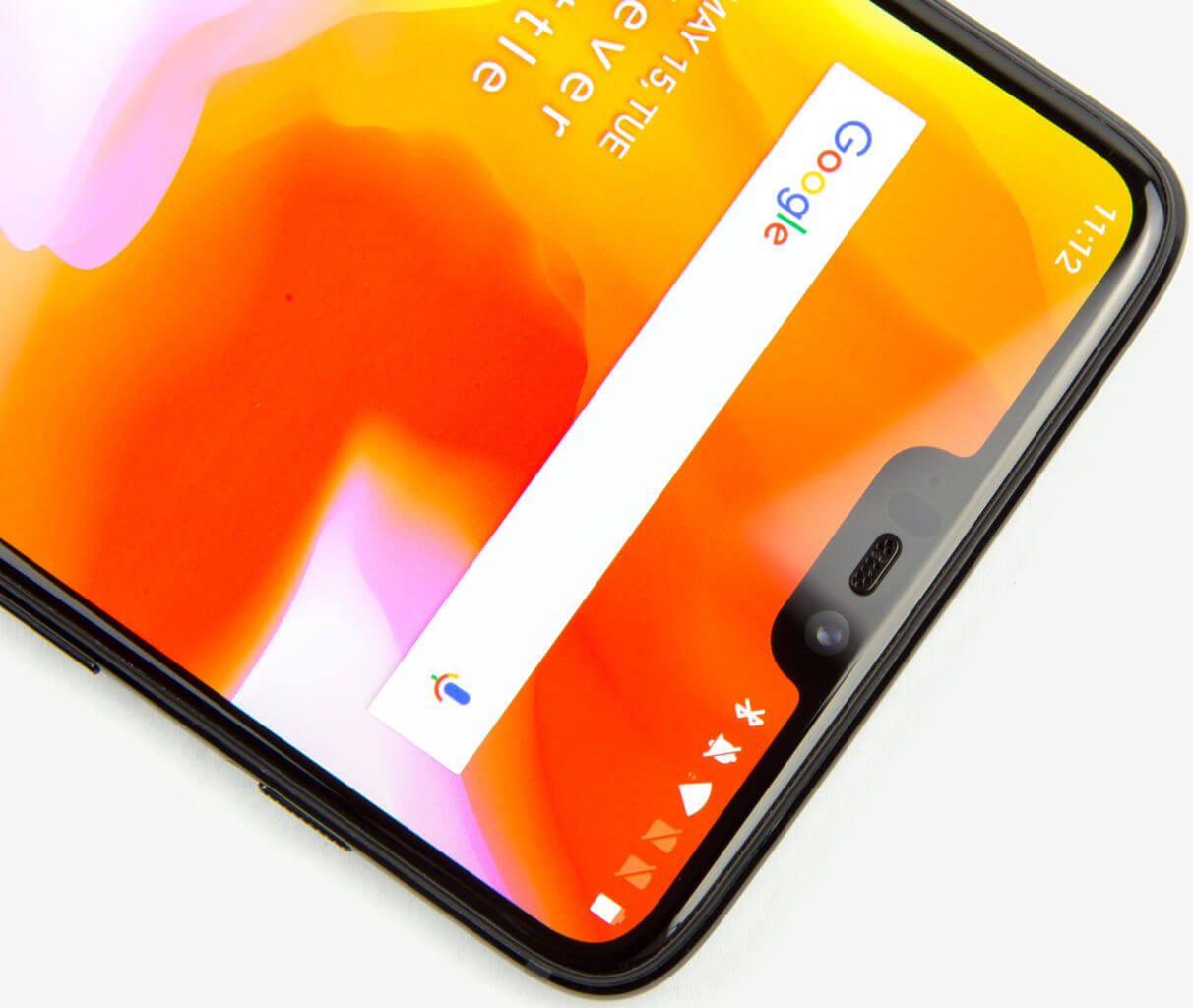
Ron Amadeo with Ars Technica on the notch:
Notches have been this year's controversial topic in the Android community, and I fall on the side of thinking a notched design can be a genuine improvement to a smartphone. Any time you maximize screen space and minimize bezels, you're making the phone better. Eventually, you run out of bezel to remove, and the remaining front-facing components---the camera, earpiece, and sensors---need to go somewhere, which gives birth to the notch.
I think "running out of bezel" is kind of key to a good notch design, though. You should only cut into the screen area if you have no other place to put the other components. Plenty of Android OEMs seem to get lazy, though, and just toss a notch into their design to keep up with what they perceive as the cool new trend in smartphone design. This definitely feels like the case when you look at something like the Huawei P20 Pro.
The OnePlus 6 doesn't quite get rid of the existing bezels, as it still has a small bottom "chin" of dead space. But so far, this is the best notched design we've seen from a mainstream Android OEM. The OnePlus 6's notch is small enough to fit inside a normal-height status bar, so you don't have an ugly double-height status bar like on the Essential Phone.
Some people just don't like the look of a notch, but for them I think OnePlus has a great solution in the settings, where you can turn the notch permanently black. Thanks to the deep blacks of the AMOLED display, this makes the notch nearly disappear, and you still have the time and status bar icons in your fake "bezel." The rounded display corners are even replicated below the black status bar, further selling the illusion that there's no notch at all. I'm still kind of torn on how I think a naked notch looks, but I think the all-black notch area with icons in the "bezel" looks great.
Ryan Whitwam over at Android Police details the display itself:
The display itself is a 1080p OLED panel like all recent OnePlus phones. The resolution is 2280 x 1080 thanks to that fantastic 19:9 ratio. You might assume 1080p is lacking when the display is almost 6.3-inches, but the PPI isn't that far off from past OnePlus phones. Both the OnePlus 5T and the OnePlus 6 are around 400PPI because the OP6 is the same width as the 5T with extra pixels at the top and bottom. You can see a little fuzziness from the pentile subpixels if you look closely, but this is not a problem for non-VR phones.
The OLED looks even at all brightness levels, so you don't have to worry about any V30-style blotches. The colors are calibrated to be vibrant, but you can switch to a more natural look if you prefer. I don't have any problem with OP's default colors, but the greens do tend to look a bit oversaturated. The colors also don't shift much at off-angles---it's better than the Pixel 2 XL in that regard. The price of this phone becomes more evident when you try to use it outside or in a dark room. Even with the brightness maxed, this phone isn't very legible on a sunny day. At the other end of the spectrum, it doesn't get sufficiently dim in a dark room.
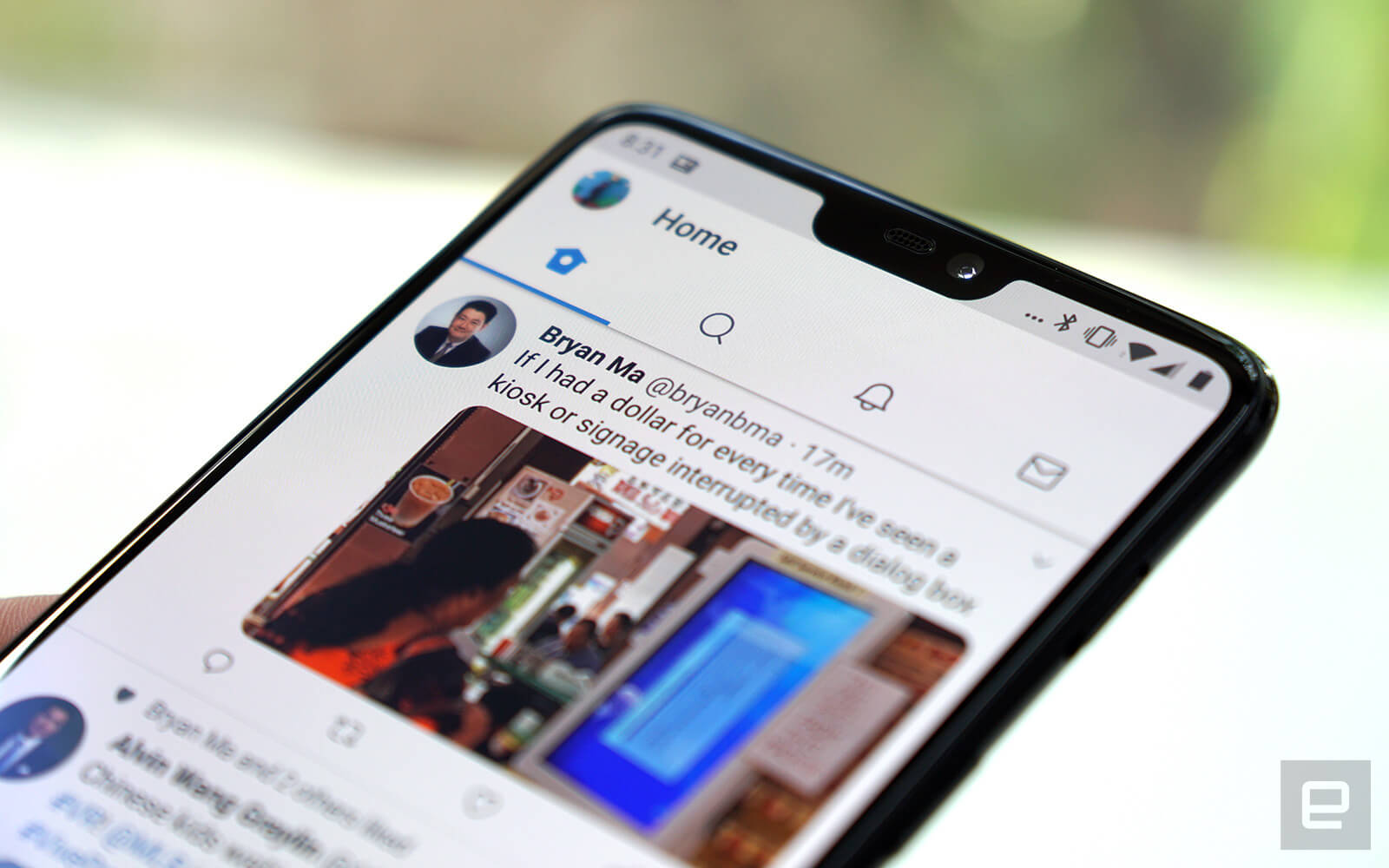
Engadget's Richard Lai on OnePlus move from metal to glass:
The major difference with the OnePlus 6 is that the series has finally ditched the full metallic approach, replacing it with a glass-clad design. It comes in three flavors: a glossy Mirror Black that gives off a ceramic-like shine, a matte Midnight Black with a softer finish and an equally smooth matte Silk White, which is wrapped in a rose gold frame.
I got the Mirror Black with 8GB of RAM and 128GB of storage. Unlike with the ceramic OnePlus X, from 2015, or the more recent Xiaomi Mi Mix series, OnePlus chose to mimic the special material using glass. The company managed to achieve the same elegant look, but without the brittleness, extra weight and higher production cost of actual ceramic. This obviously requires additional work: Once the glass is bent into shape, it goes through an additional five-layer coating treatment, and the result is a convincing ceramic finish that helps highlight OnePlus' signature curviness.
More on the phone's design from Raymond Wong at Mashable:
The rest of the OnePlus 6 is classic OnePlus.The buttons and the Alert Slider switch (now moved to the right side) are all as lovely as ever --- all wonderfully clicky and satisfying to press.
It's great to see there's still a headphone jack. The fingerprint reader on the back's as fast and responsive as the one on the 5T. Same goes for the uber-quick Face Unlock feature (although I wish it worked with sunglasses like the iPhone X's Face ID).
The speaker's still mono instead of stereo; it's loud, but it's time to get the times with at least one front-facing speaker. There's still no IP-rated water resistance; the OnePlus 6 is splash-proof like previous phones.
Despite the new glass back there's no wireless charging of any kind. It's a bummer, but not a deal-breaker since the phone still has OnePlus' proprietary Dash Charging tech capable of juicing the phone from 0-60 percent in 30 minutes.
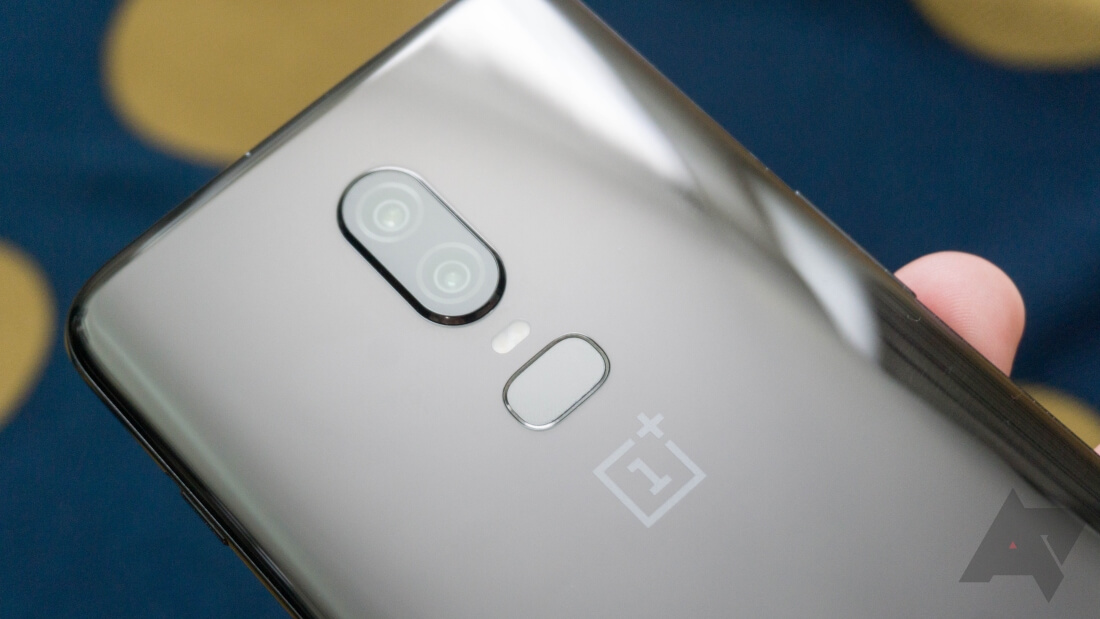
Adam Ismail from Tom's Guide discusses the OnePlus 6's camera:
On a dreary morning in New York City, the OnePlus 6 delivered a balanced shot with strong contrast that compared favorably to what the Pixel 2 XL mustered. When you zoom in, however, Google's phone begins to show why it's our favorite for photography. The Pixel 2 XL exhibits more realistic greens, less noise and less distortion at the fringes. The Pixel's rendition is a fair bit sharper as well, something particularly evident in the buildings in the distance.
In our office, the OnePlus 6 composed a brighter still-life scene than the Pixel 2 XL, though that came at the expense of some clarity. OnePlus' device fails to properly convey the texture of the leaves, partially due to a lack of sharpness, and partially because of inferior dynamic range. The clouds through the window are also blown out on the OnePlus 6, which highlights the strength of Google's HDR processing.
When it comes to shallow depth-of-field portraits, however, OnePlus still has work to do. The Pixel 2 XL handily outperformed the OnePlus 6 when I snapped photos of my colleague Paul, with crisper detail, more accurate white balance and impressive dynamic range that artfully reined in the highlights and lowlights. The OnePlus 6 was completely thrown off by the intensity of the fluorescent lighting in our office, misinterpreted Paul's skin tone and seemed ever so slightly blurrier all around.
Another perspective on the camera, this time from Daniel Bader at Android Central:
Actually, let's talk night photography, because that's traditionally where OnePlus phones have struggled in the past. Recall the OnePlus 3 series: both phones had OIS, but were let down by the rest of the hardware. Here, not so much. In extreme low light, the OnePlus 6 still falls behind phones with larger sensors or wider apertures like the Huawei P20 Pro and Galaxy S9, but in situations one would consider "normal" night shots --- a dimly-lit bar, or a street lit by a single overhead lamp --- the phone is neck-and-neck with its more-expensive counterparts. It's a remarkable achievement, especially given how far behind the OnePlus 5T was in this area.
At the same time, OnePlus must also be commended for its camera software, which is just as easy-to-use and powerful as ever. The phone's various modes, from timelapse to slo-mo to the excellent Pro features, are a swipe away, while video and portrait are accessible in single taps.
That portrait mode suffers from the same edge detection problems as every other phone, from the Pixel 2 to the iPhone X and Galaxy S9+, but I'm pleased with how far OnePlus has come in just a year. It does better with people than, say, dogs or inanimate objects, which isn't shocking, but unless you're really pixel-peeping, you'll be happy to share the results on social media. OnePlus says it plans to make further improvements to the portrait mode in an upcoming update, in addition to bringing it to the selfie side, but at the time of writing, it's pretty great as-is.
On the front, we're looking at the same 16MP sensor as the last two generations, because if it ain't broke, don't fix it. (That selfie camera also enables the excellent and super-fast face unlock feature, which I use far more than the rear finger biometric.)
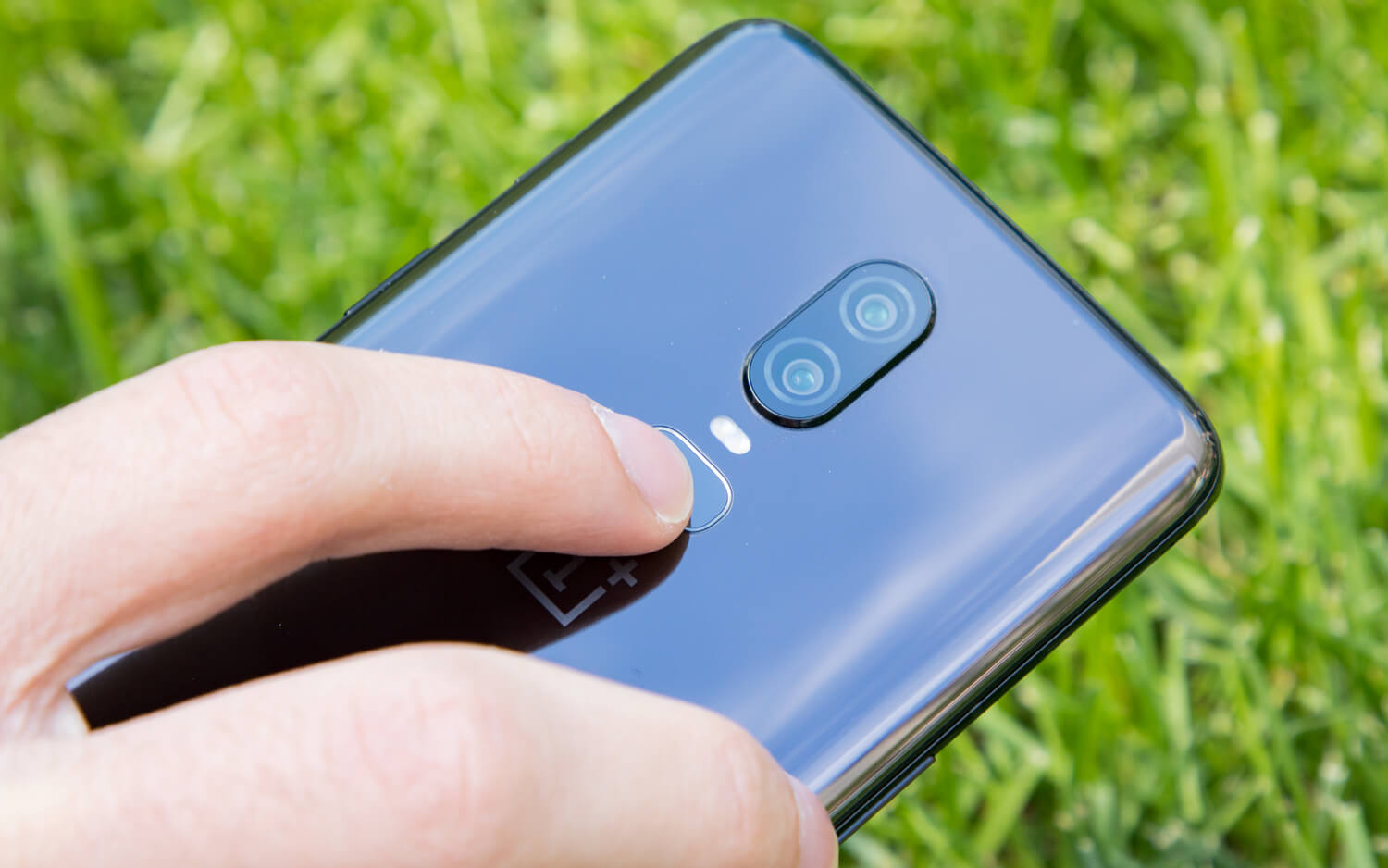
Mario Tomás Serrafero with XDA Developers takes a deep-dive into performance and comes away impressed:
The OnePlus 6 is every bit as fast as you'd expect from OnePlus' latest flagship, and it makes good use of the hardware it packs. People have been complaining about diminishing returns in smartphone performance for a few years now, but the differences and improvements are measurable even if small. To power-users and those who obsess over smartphone performance, such differences can also be quite tangible, and I personally appreciate that there's an OEM that focuses on performance to this degree. We'll be digging deeper into just what OnePlus did to make their newest phone so speedy, but potential customers should rest easy knowing that this phone delivers on this specific front. A bunch of details and factors, from UI design to under-the-hood optimizations, coalesce to deliver a responsive and super-fast user experience that provides a constant sense of immediacy. As such, navigating the UI is a breeze, apps react to commands instantaneously, and the phone can juggle between tasks gracefully allowing users to do more in less time.
Carly Page with The Inquirer sums things up:
The OnePlus 6 is, undoubtedly, the best OnePlus smartphone yet. And now that the company has finally made a competitive camera, it's the firm's first true "flagship killer", giving the likes of the Galaxy S9, iPhone X and Pixel 2 a run for their money.
While it's true that OnePlus is asking potential buyers to make several compromises - namely its lack of IP67/68 certification and support for wireless charging - the OnePlus 6 is a flagship-worthy phone that costs several hundreds of pounds less than its competitors.
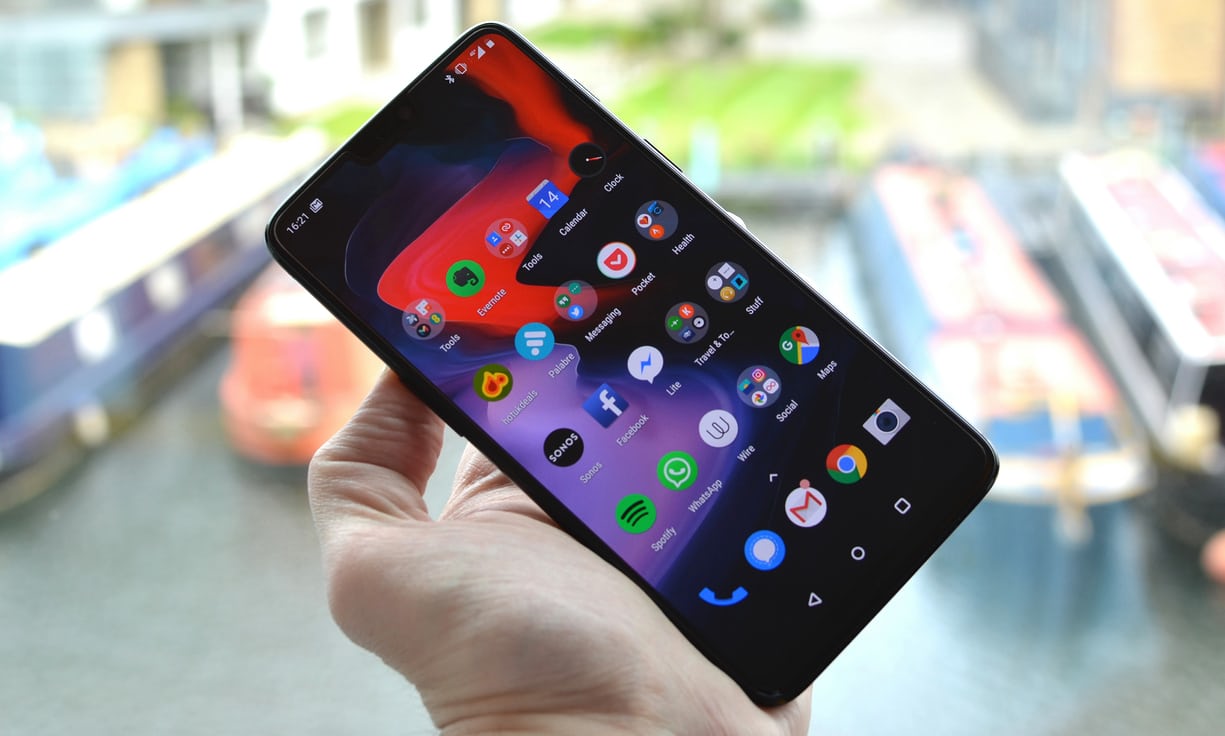
Samuel Gibbs with The Guardian shares another take:
The OnePlus 6 is premium device that cuts the right corners in pursuit of a sub-£500 price. Starting at £469, it certainly isn't a cheap smartphone but it is less than half the cost of Apple's iPhone X and considerably cheaper than the top-end Android competition.
It is as smooth and well made on the outside as it is high performing on the inside, which makes it one of the best smartphone experiences available at any price point right now.
And while the camera is good, the screen is great, the battery life is good and it even has a headphone socket, there's no real killer, stand-out feature to set the OnePlus 6 apart.
Instead the OnePlus 6 demonstrates that despite what marketers might say, you really don't need to pay £700 to £1,000 for a really great phone.
